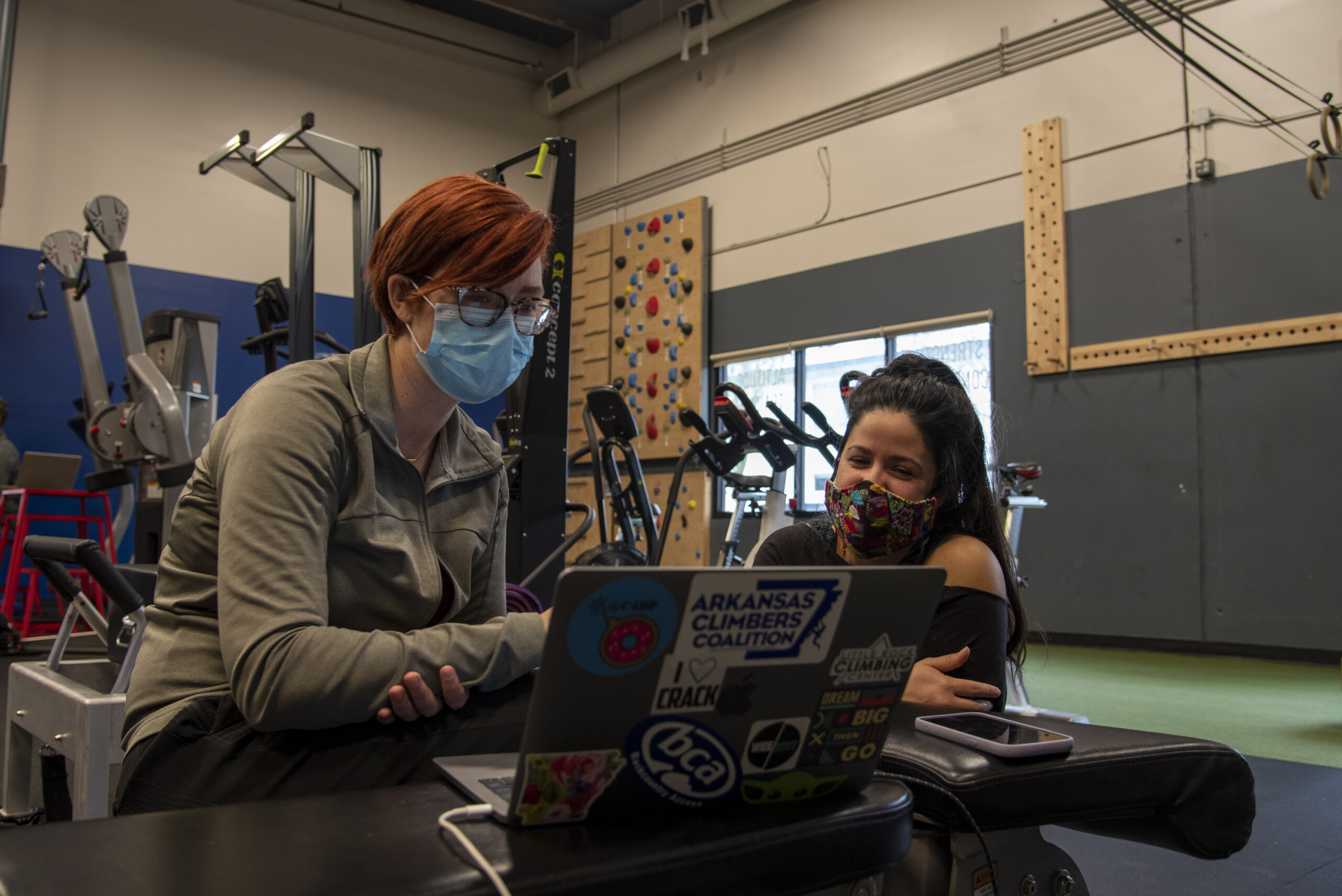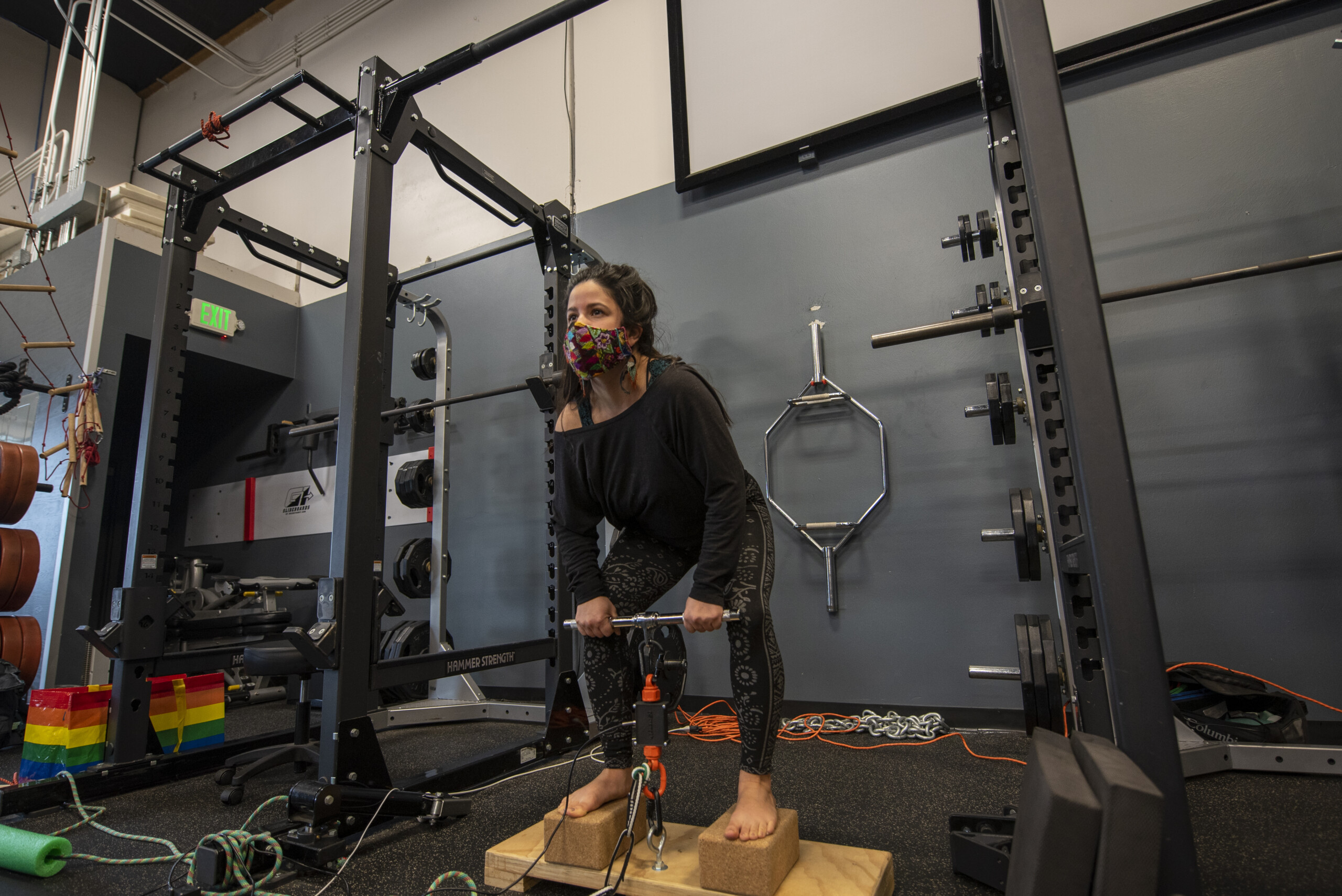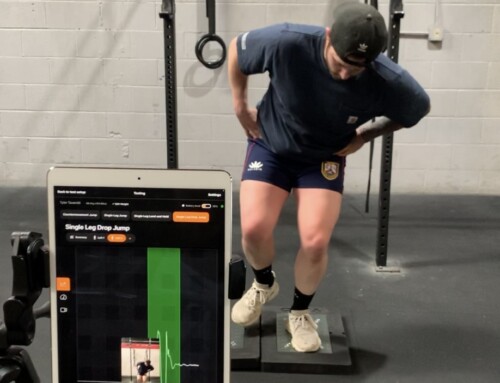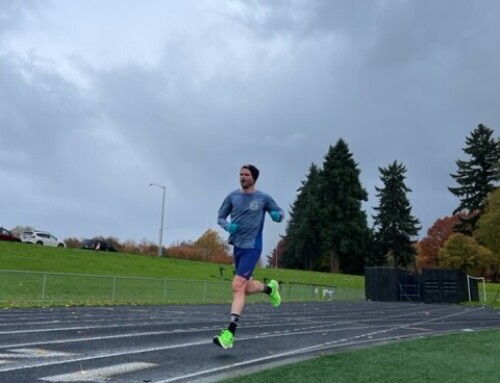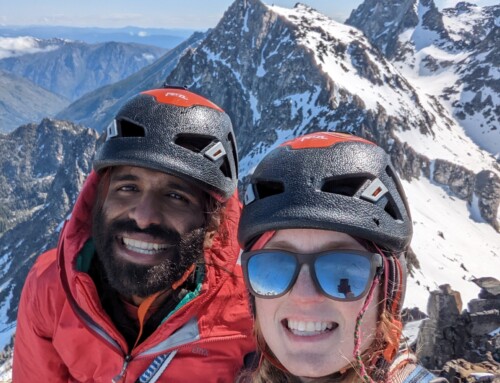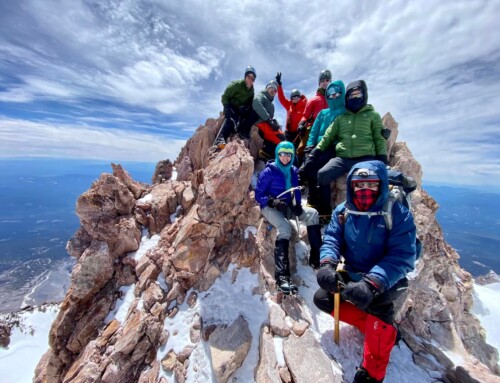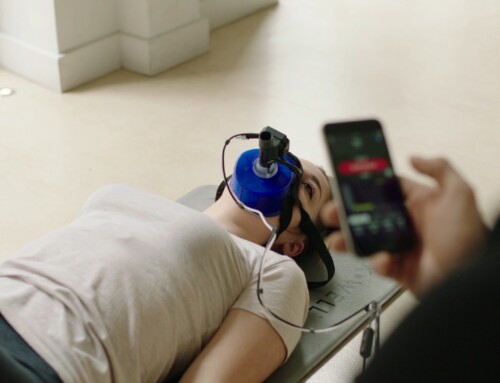Climbing Strength and Performance Assessment offered by Dr. Alicia MacDonald PT, DPT, MTC, CSCS
Have you ever wondered how strong you really are and where your areas of opportunity are, as a rock climber? Have you thought about doing hang board training, but you have no idea which protocol is best for you? In Portland, climbers are obsessed with getting better. Evolution Healthcare and Fitness is obsessed with getting you better!
This assessment is a thorough evaluation specific to the climbing athlete. It begins with a detailed discussion and assessment of your goals, climbing and injury history, as well as baseline strength testing. Through this process, I am able to find out where you are currently at and where you would like to be. This allows for the evaluation to be tailored to your individual needs/goals.
The assessment consists of testing for peak force, rate of force development, anaerobic finger testing, and endurance finger testing. Let’s dig into these tests a little deeper.
Peak Force is the measurement of your maximum force output in a given position. Using the Exsurgo G-strength, we are able to get precise data on how much force you can create (how hard you can pull). This gives us important information on your maximum muscular function in positions that are relevant to climbing performance. These positions include a vertical pull or pulling straight down, horizontal pressing or pressing out away from the body (relevant for compression strength), dead lift (relevant for whole body strength), and a vertical finger pull on different edge sizes. With these precise numbers we will have a baseline of your strength and can assign the proper training loads to ensure you are training at the appropriate level to make gains in force output.
Rate of force development (RFD) is a measurement of explosive strength or how fast you can develop strength. Rate of force development directly relates to how well we can perform dynamic moves including landing on a hold and sticking it (contact strength). Also included in this section of testing is full body RFD with a dead lift speed pull, vertical jump testing, and the campus slap test for full body explosive strength, and the push up power test for contact strength in a compressive position.
Anaerobic finger testing is about how well you can perform at a high intensity, as blood flow and oxygen availability in your muscle decreases. If you are climbing at your limit, then you often perform multiple moves in a sequence, in an anaerobic environment (decreased oxygen). It is important to know your physiology and your ability to continue to perform at a high intensity in this environment. A 10-second and 30-second max effort vertical pull is performed during this group of testing. From this data, we can come up with the time and intensity appropriate for you to train on a hang board and on the climbing wall.
Endurance finger testing is an estimate of how many moves you can perform at your limit. This test involves a vertical finger pull with either a 5-second or 7-second pull (depending on your climbing style) followed by a 3-second rest for at least 10 sets (for a bouldering athlete) or up to 25 sets (for a route climbing athlete). From this data, we will be able to see how long you can perform at your highest intensity and how long you can perform at sub-maximal levels for endurance training.
After the testing, you will get detailed information about your results and I will come up with a training program specifically for you and your goals. From here, you have multiple options: you can do the training on your own, you can do the training on your own with virtual check-ins with me to discuss progression or concerns, or you can come into Evolution Healthcare and Fitness and do the training 1:1 with me. At Evolution Healthcare and Fitness, we would have access to the entire gym including the altitude training room, climbing tread wall, and extensive equipment. During your assessment, we will discuss your training cycle and timeframe for re-assessment. It is recommended that a re-assessment be completed after each training cycle in order to see improvement and update training appropriately for your next training cycle.

